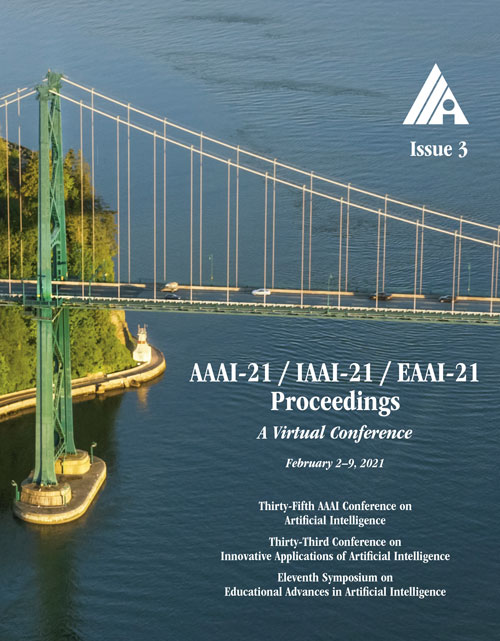TDAF: Top-Down Attention Framework for Vision Tasks
DOI:
https://doi.org/10.1609/aaai.v35i3.16339Keywords:
Object Detection & CategorizationAbstract
Human attention mechanisms often work in a top-down manner, yet it is not well explored in vision research. Here, we propose the Top-Down Attention Framework (TDAF) to capture top-down attentions, which can be easily adopted in most existing models. The designed Recursive Dual-Directional Nested Structure in it forms two sets of orthogonal paths, recursive and structural ones, where bottom-up spatial features and top-down attention features are extracted respectively. Such spatial and attention features are nested deeply, therefore, the proposed framework works in a mixed top-down and bottom-up manner. Empirical evidence shows that our TDAF can capture effective stratified attention information and boost performance. ResNet with TDAF achieves 2.0% improvements on ImageNet. For object detection, the performance is improved by 2.7% AP over FCOS. For pose estimation, TDAF improves the baseline by 1.6%. And for action recognition, the 3D-ResNet adopting TDAF achieves improvements of 1.7% accuracy.Downloads
Published
2021-05-18
How to Cite
Pang, B., Li, Y., Li, J., Li, M., Cao, H., & Lu, C. (2021). TDAF: Top-Down Attention Framework for Vision Tasks. Proceedings of the AAAI Conference on Artificial Intelligence, 35(3), 2384-2392. https://doi.org/10.1609/aaai.v35i3.16339
Issue
Section
AAAI Technical Track on Computer Vision II

